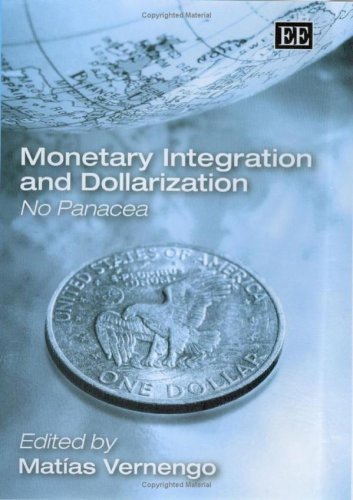

Most ebook files are in PDF format, so you can easily read them using various software such as Foxit Reader or directly on the Google Chrome browser.
Some ebook files are released by publishers in other formats such as .awz, .mobi, .epub, .fb2, etc. You may need to install specific software to read these formats on mobile/PC, such as Calibre.
Please read the tutorial at this link: https://ebookbell.com/faq
We offer FREE conversion to the popular formats you request; however, this may take some time. Therefore, right after payment, please email us, and we will try to provide the service as quickly as possible.
For some exceptional file formats or broken links (if any), please refrain from opening any disputes. Instead, email us first, and we will try to assist within a maximum of 6 hours.
EbookBell Team

4.0
66 reviewsThe contributions in this volume try to go beyond the OCA model and understand the political economy of monetary integration by comparing the European Monetary Union with the dollarization (formal and informal) process in Latin America. The contributors, many of whom are leading lights, reflect the disagreements and the changing views on the proper monetary arrangements in a globalized world and suggest that monetary integration and dollarization are not the solution for the great majority of countries around the world.
Monetary Integration and Dollarization brings together mainstream and heterodox views of monetary integration and uses the European and North American experiences as a guide for the discussion of dollarization in developing countries. It will appeal to scholars, researchers and policy makers in the fields of financial and international economics.